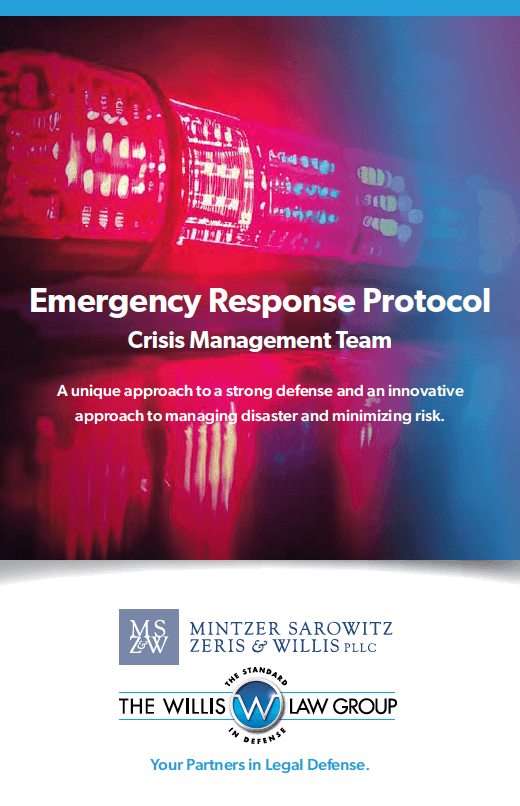New Jersey Supreme Court Allows Apportioning Negligence Liability to Phantom Defendants in Motor Vehicle Accidents
Apr 17, 2018 - News by Defense Counsel
The New Jersey Supreme Court recently clarified that liability under the Comparative Negligence Act (“CNA”) can be apportioned to “phantom defendants,” those whom are known to have been involved in the accident but are unidentified.
Krzylakski Decision
In Krzylakski v. Tindall No. A-55-16 (N.J. April 17, 2018) Plaintiff Mark Kryzykalski was driving a car in the left lane of a road in Florence Township, New Jersey. Defendant David Tindall was driving a car directly behind Plaintiff’s car, also in the left lane. A vehicle driven by a John Doe in the right lane unexpectedly made a left turn, cutting off the vehicles driven by Plaintiff and Defendant Tindall. Although Plaintiff was able to stop his vehicle in time to avoid hitting John Doe’s vehicle, Defendant Tindall was unable to stop in time, resulting in Defendant Tindall rear-ending Plaintiff’s vehicle.
Plaintiff filed a CNA action against Defendant Tindall and John Doe. Defendant Tindall asserted third-party negligence as a defense and filed cross-claims against John Doe. At the conclusion of the trial, the trial court included John Doe on the verdict sheet and instructed the jury to allocate fault between Defendant Tindall and John Doe in the event both parties were found to be negligent. The jury awarded Plaintiff $107,890.00 in damages but apportioned 97% of liability to John Doe and only 3% liability to Defendant Tindall. The trial court entered judgment accordingly.
Plaintiff appealed the judgment entered by the trial court arguing that John Doe was not a “true party” to the case under the CNA and it was therefore improper to include John Doe on the jury verdict sheet and to allow the jury to apportion liability to John Doe. Both the Appellate Division and the New Jersey Supreme Court affirmed the trial court’s finding that it was appropriate to name the John Doe defendant on the verdict sheet and allow for apportionment of liability to the John Doe defendant. The Supreme Court noted that Plaintiff was not without a means of obtaining compensation against the John Doe defendant as Plaintiff could have sought an Uninsured Motorist claim against John Doe as opposed to a CNA claim against Defendant Tindall.
Limiting Exposure
This decision is helpful to commercial defendants involved in motor vehicle accidents in limiting exposure. Previously, New Jersey courts had ruled that fault could not be apportioned to fictitiously named tort-feasors. See Bencivenga v. J.J.A.M.M., 258 N.J. Super. 399 (App. Div. 1992). Although more recently New Jersey courts have been moving to allow apportionment of liability to nonparty defendants (See Town of Kearny v. Brandt, 214 N.J. 76 (2013)) (finding apportionment to known but previously dismissed Defendants appropriate), it is only with the New Jersey Supreme Court’s Krzylakski decision that the Court made it clear that the trend to allow phantom defendants to be assigned a portion of liability extends to motor vehicle accident cases.
The Court in Krzylakski did find, however, that the presumptive ability to allocate liability to phantom defendants could be defeated if Plaintiffs are not given timely notice of a Defendant’s intent to argue that liability should be apportioned to a John Doe Defendant. Thus, it is imperative for commercial defendants to file Cross-Claims or Third-Party Complaints, whichever is appropriate to the specific case, alleging the John Doe defendant’s liability for the accident.



